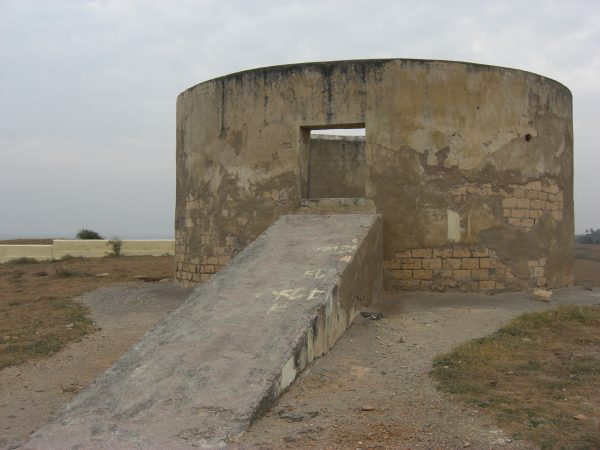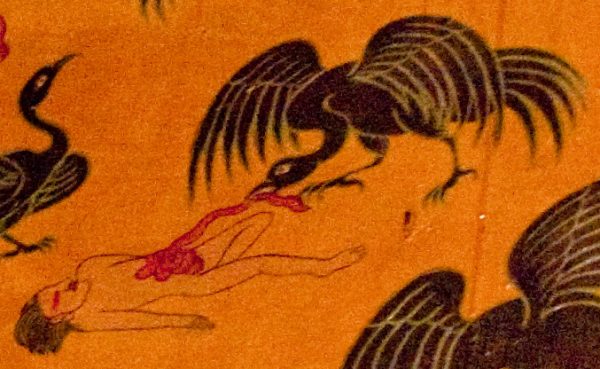
On our YPT trips we are constantly seeing impressive local culture and architecture and gaining an insight into local religions and ways of life or death. In Iran, a Shia Muslim majority country, we pay a visit to the city of Yazd, a centre of Zoroastrianism. And it is here we come across the Tower of Silence.
Simply put, a Tower of Silence, or dakhma, not to be confused with the Tower of Joy, is a building upon which dead bodies are placed to be consumed by vultures or other carrion birds according to the Zoroastrian religion, and a custom attested to as far back as the Histories of Herodotus.
In simple terms, the religion itself is centred on the battle between good and evil, but predicts the ultimate conquest of evil, thus spoke Zarathustra. And according to Zoroastrianism the body should avoid contact with earth or fire in death. To prevent pollution and to make it secure against demons, the body was given to the birds.
With intricate construction, the towers were constructed so that men, women and children were laid out in concentric rings, the bones laying for many months before becoming bleached and then collected and placed in an ossuary pit where they slowly disintegrate and the remnants run off into the water and feed into the sea.
While they may be out of use now in Iran, made illegal since the 1970s, the structures and culture behind them are a fascinating part of travels in the region.
Towers of Silence can be seen in Iran especially around Yazd, but also in Parsi Indian communities, where the practice still continues to this day, where the biggest problem to its continuation is a lack of vultures.

This practice also brings to the mind the practice of Sky Burial in Tibet. Whereas the Zoroastrian logic was centred on preventing pollution of the elements, amongst Tibetan Buddhists the logic was centred more on preventing the waste of a corpse, which itself was simply a vehicle for a spirit which is on the journey of reincarnation, and which therefore can provide for the appetite of birds. And it was also the final generous gift of a spirit in a religion centred around compassion. You can see a video of this ceremony here.
And for the historical materialists amongst you we may also note the extreme mountainous conditions of the Tibetan plateau and the deserts of eastern Iran and pontificate about there being practical reasons as to why a corpse should not be buried or cremated.





